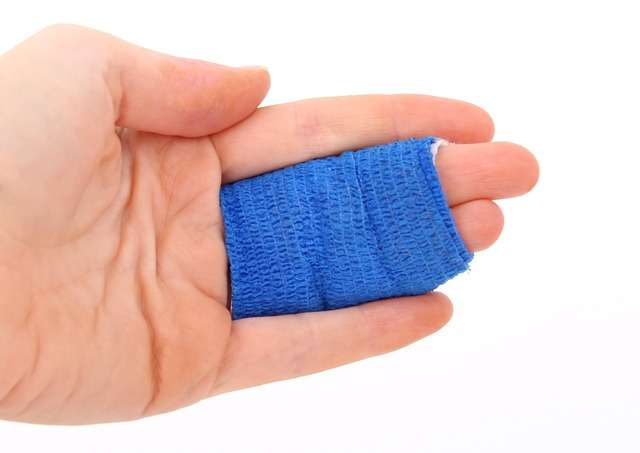A safe working environment is necessary, so employees feel secure in their positions. Needlestick injuries are an occupational hazard for many professions, and employers and employees must understand the protocols to follow when a needlestick injury occurs. This blog will explain the protocols to follow a needlestick injury at work so that everyone understands their role in ensuring safety.

Employees Need to Follow all CDC and In-Office Procedures
The first step after any needlestick injury is to report the incident immediately. Employees should know whom to say it to and where to get help. It is also essential for employees to ensure that all CDC and office procedures are followed, such as disinfecting the area, proper disposal of medical waste, and reporting the incident in case of further investigation or testing.
Make Sure Employees are Well Trained
Following a needlestick injury protocol, employers should ensure their employees are well-trained in handling needlestick injuries from both a safety and a legal perspective. This training should include information about the types of needles, potential hazards associated with them, proper cleaning techniques, and other safety tips that could help prevent future injuries. Training also allows employers to stay up-to-date with any changes in regulations or laws regarding needlestick injuries.
Rinse and Wash a Needlestick Injured Area
Following a needlestick injury protocol, employees who experience a needlestick injury should immediately rinse and wash the area with soap and water, then seek medical attention as soon as possible. Employees should also arrange blood tests to check for any infectious diseases they may have been exposed to through the needle stick. Depending on the type of needle used, additional treatment or testing may be necessary. These steps must be taken quickly and thoroughly to prevent further complications.
Schedule Blood Tests For Employees
After any needlestick injury has occurred, affected employees must receive blood tests to monitor for any possible diseases or illnesses caused by contact with the needle’s contents. Depending on the type of needle used and what was inside, these tests can range from simple screenings to more detailed tests specific to pathogens or conditions. Employers must provide access to these tests for employees to remain healthy and safe while working at their job site.
Arrange Treatment With a Healthcare Provider
Following up regularly with healthcare providers is critical in ensuring employees remain safe while working in potentially hazardous conditions. Following a needlestick injury protocol, employers must arrange follow-up treatment with a qualified healthcare provider once these steps have been taken. They should also document all medical therapies associated with the incident, including dates of care, medications administered, and any other relevant information that could help assess the potential long-term effects of the injury or exposure.
The Importance Of Following A Needlestick Injury Protocol – In Conclusion
Needlestick injuries can be severe if not handled properly. Hence, employers must have a clear protocol that employees know how to follow if they ever experience one of these injuries while on the job. By following CDC guidelines and arranging timely medical attention, employers and employees can help ensure everyone remains safe while working around needles or other hazardous materials on site. Employers should also review their protocols regularly to ensure they are up-to-date with changing industry standards and regulations related to worker safety practices.

